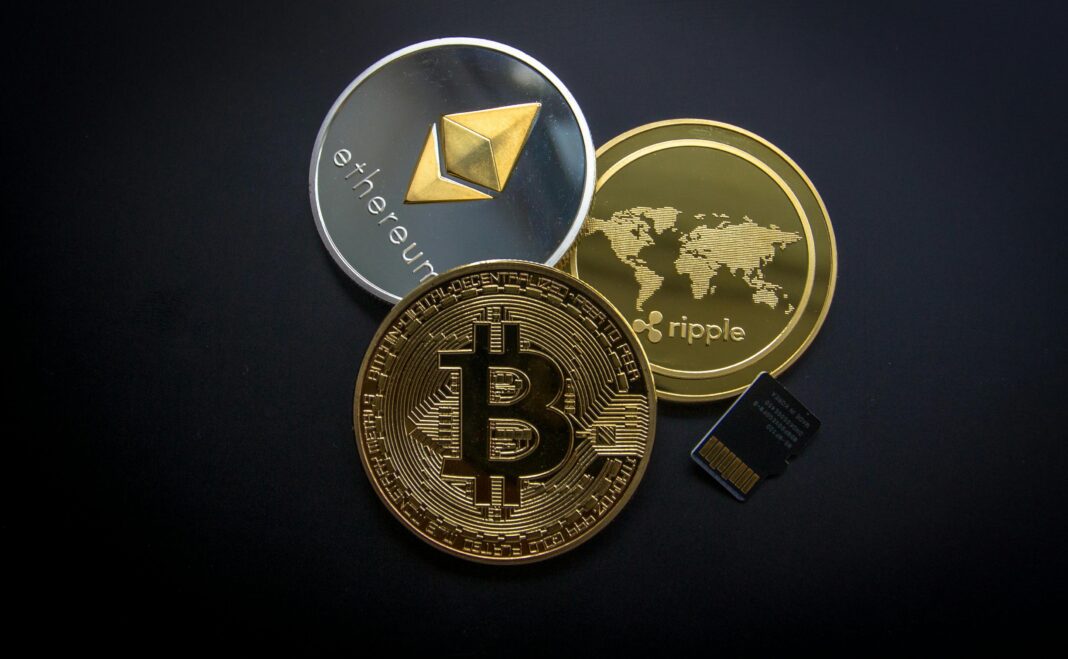Crypto Platforms Are Bribing Users With Expensive Prizes
CoinDCX just launched a Web3 giveaway featuring the latest iPhone as the grand prize. The timing isn’t coincidental.
The strategy works. Promotional periods typically increase daily trading volumes by 10-20%.
But I’m questioning whether these tactics signal innovation or desperation.
The Prize Economy Takes Hold
The numbers tell a clear story. CoinDCX serves over 20 million Indians with quarterly trading volumes exceeding ₹2.44 lakh crores. Yet they need iPhone giveaways to maintain momentum.
MoonBull’s presale achieved 120% weekly growth with only 2,000 whitelist slots remaining. They’re offering 66-80% APY staking rewards to early participants.
The pattern repeats across platforms. Physical rewards, exclusive access, massive APY promises.
When Innovation Meets Marketing
Amped Finance represents a different approach. They’re building DeFi tools while running a $3 million airdropcampaign. The platform has facilitated over $320 million in volume across 19,000+ users.
Here’s what catches my attention. They offer advanced trading tools and gasless transactions. But the marketing still relies on prize pools and token giveaways.
This raises a critical question: do these incentives attract genuine users or just reward hunters?
The Real Cost of Engagement
Prize-driven engagement creates short-term activity spikes. Users trade more during promotional periods. Volume increases. Metrics improve.
But what happens when the prizes stop?
The answer is predictable. Engagement drops sharply. Users migrate to the next platform offering better rewards, and the cycle repeats.
Meanwhile, projects with strong fundamentals but modest marketing struggle for attention. The market rewards spectacle over substance.
Looking Beyond the Prizes
The crypto space faces a tension. Genuine innovation takes time to explain. Prize giveaways generate excitement and measurable results.
This creates a perverse incentive structure. Platforms choose the path of least resistance because iPhone giveaways are simpler than educating users about complex DeFi mechanics or trading algorithms.
But this approach may be training users to expect rewards rather than value. We’re creating a generation of crypto participants who chase incentives instead of understanding technology.
The fundamental question emerges: are we building sustainable adoption or elaborate marketing campaigns disguised as innovation?
Physical prizes might boost short-term metrics. But they may also signal that the value proposition needs enhancement to compete.
When platforms need expensive physical prizes to drive engagement, it suggests their core value proposition isn’t compelling enough on its own. That disconnect between marketing spectacle and technological substance might define where crypto markets head in 2025. The industry stands at a crossroads: genuine innovation or increasingly elaborate bribes disguised as user acquisition.







